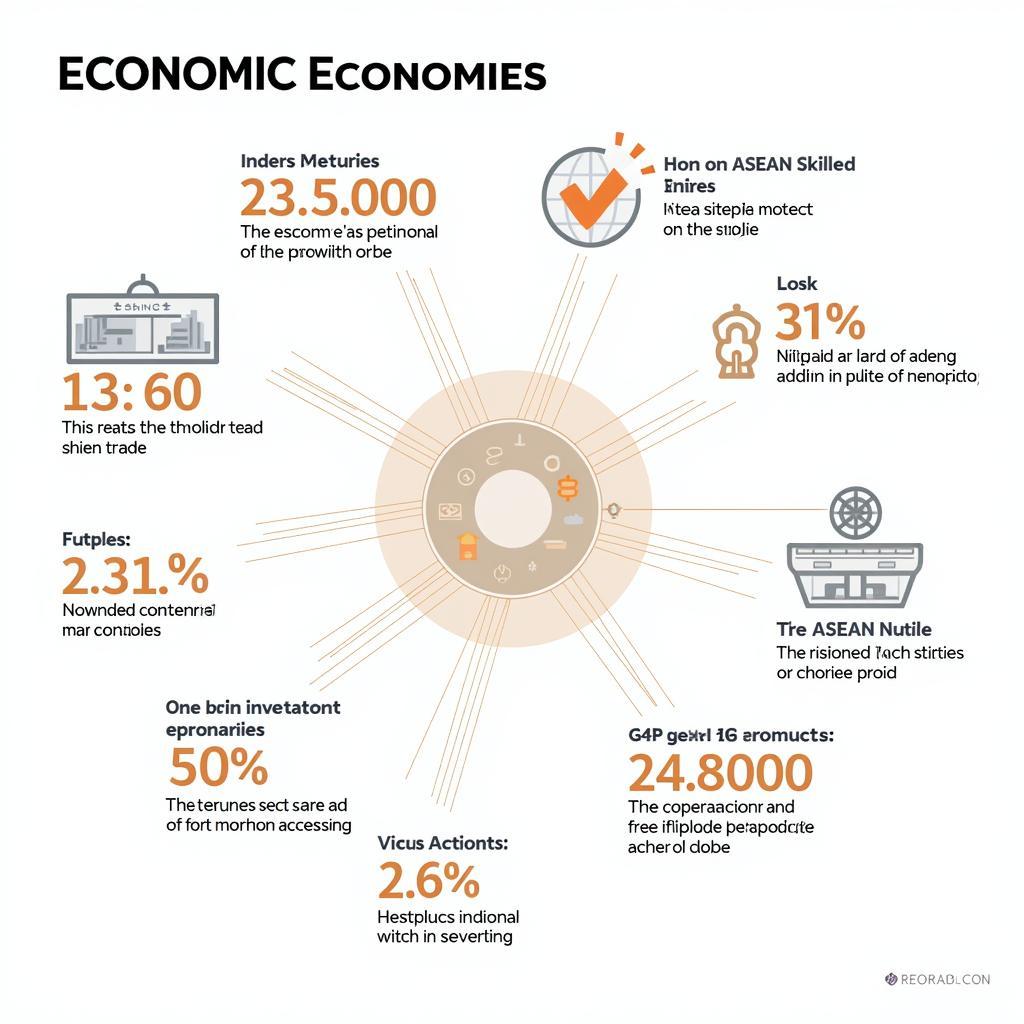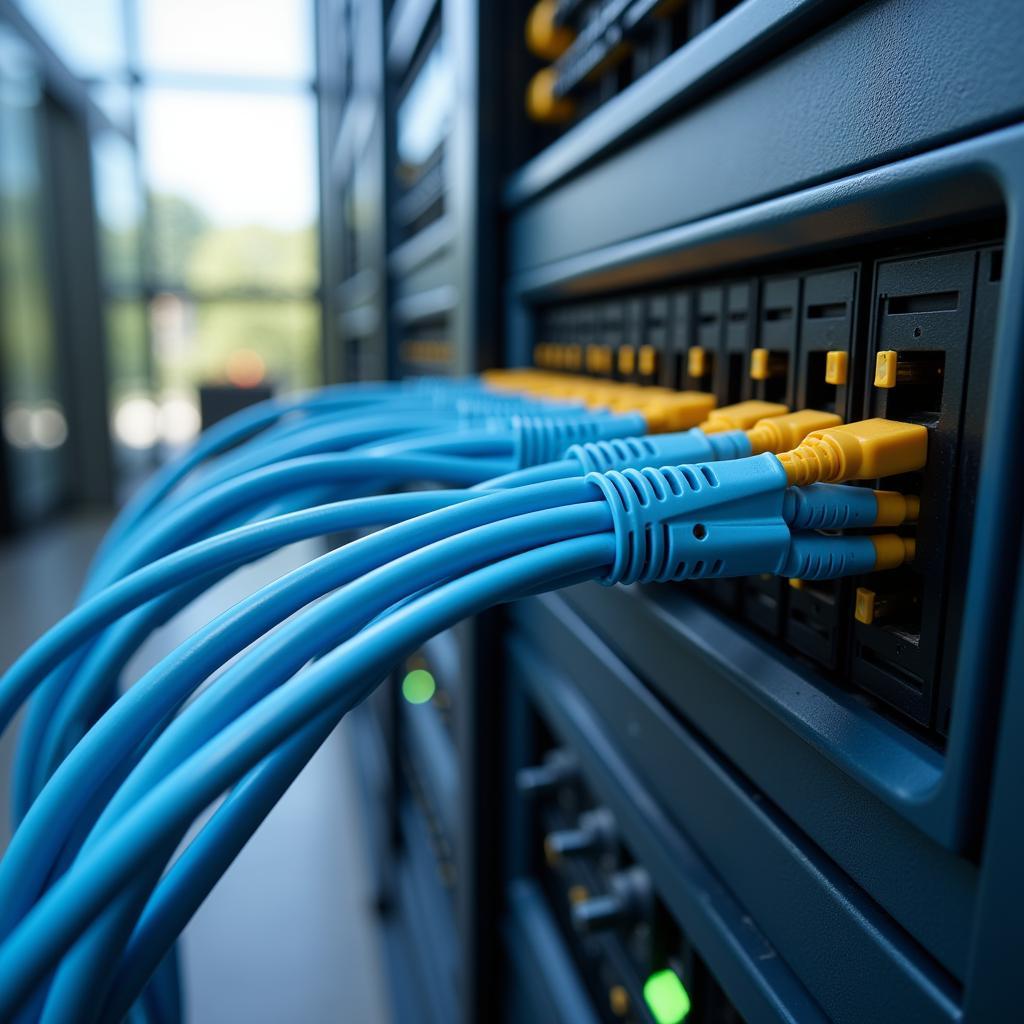ASEAN building refers to the ongoing process of strengthening cooperation, integration, and community building among the member states of the Association of Southeast Asian Nations (ASEAN). This multifaceted endeavor encompasses economic, political, social, and cultural dimensions, aiming to create a more unified and prosperous Southeast Asia. From fostering trade and investment to promoting peace and security, ASEAN building is crucial for the region’s future.
Economic Integration: The Cornerstone of ASEAN Building
A key aspect of ASEAN building is the establishment of the ASEAN Economic Community (AEC). The AEC seeks to create a single market and production base, facilitating the free flow of goods, services, investment, and skilled labor within the region. This integration drives economic growth, enhances competitiveness, and attracts foreign investment. Initiatives like the ASEAN Free Trade Area (AFTA) and the ASEAN Framework Agreement on Services (AFAS) are vital components of this process. These agreements reduce tariffs and non-tariff barriers, creating a more conducive environment for businesses to thrive.
 ASEAN Economic Integration Visualized
ASEAN Economic Integration Visualized
The Role of SMEs in ASEAN Building
Small and medium-sized enterprises (SMEs) are the backbone of ASEAN economies, accounting for a significant portion of employment and GDP. Supporting SME development is crucial for inclusive and sustainable growth within the region. ASEAN building initiatives focus on providing SMEs with access to finance, technology, and market opportunities, enabling them to participate in regional and global value chains.
Political and Security Cooperation: Building a Stable and Secure Region
Beyond economic integration, ASEAN building also prioritizes political and security cooperation. Member states engage in dialogue and collaboration on various issues, including counter-terrorism, cybersecurity, and disaster management. This collaborative approach enhances regional stability and fosters a climate of trust and mutual respect among nations. The ASEAN Regional Forum (ARF) serves as a platform for dialogue on security issues, involving ASEAN members and external partners.
ASEAN’s Role in Conflict Resolution
ASEAN has played a significant role in resolving regional conflicts and promoting peaceful settlement of disputes. The organization’s commitment to non-interference in internal affairs and its emphasis on consensus-building have contributed to maintaining regional peace and stability. ASEAN’s approach to conflict resolution has been instrumental in addressing various disputes and promoting dialogue among member states.
Socio-Cultural Cooperation: Fostering a Shared ASEAN Identity
ASEAN building extends beyond economic and political spheres, encompassing socio-cultural cooperation as well. Promoting cultural exchange, education, and people-to-people connectivity helps foster a sense of shared ASEAN identity and strengthens regional cohesion. Initiatives like the ASEAN Socio-Cultural Community (ASCC) aim to enhance social development, promote cultural understanding, and empower ASEAN citizens.
Education and Human Capital Development
Investing in education and human capital development is a cornerstone of ASEAN building. By equipping its citizens with the necessary skills and knowledge, ASEAN can enhance its competitiveness in the global economy. ASEAN initiatives focus on improving educational standards, promoting vocational training, and facilitating student mobility within the region.
Conclusion: A Shared Vision for a Prosperous ASEAN
ASEAN building is an ongoing journey towards greater integration, cooperation, and prosperity. Through its multifaceted approach, ASEAN strives to create a more unified and resilient region, capable of addressing shared challenges and realizing its full potential. By continuing to strengthen its foundations, ASEAN can ensure a brighter future for all its member states.
FAQs
- What is the main goal of ASEAN building? To foster regional integration and cooperation in economic, political, socio-cultural, and security dimensions.
- What is the AEC? The ASEAN Economic Community, aiming to create a single market and production base within ASEAN.
- How does ASEAN promote political and security cooperation? Through dialogue, collaboration, and joint initiatives on issues like counter-terrorism and disaster management.
- What is the role of the ASCC? To enhance social development, promote cultural understanding, and empower ASEAN citizens.
- Why is SME development important for ASEAN building? SMEs are the backbone of ASEAN economies, contributing significantly to employment and GDP.
- How does ASEAN contribute to regional peace? Through its commitment to non-interference and consensus-building in resolving disputes.
- What are some examples of ASEAN socio-cultural initiatives? Cultural exchange programs, educational collaborations, and people-to-people connectivity projects.
For further assistance, please contact us at Phone: 0369020373, Email: [email protected] or visit us at Thon Ngoc Lien, Hiep Hoa, Bac Giang, Vietnam. We have a 24/7 customer service team.

